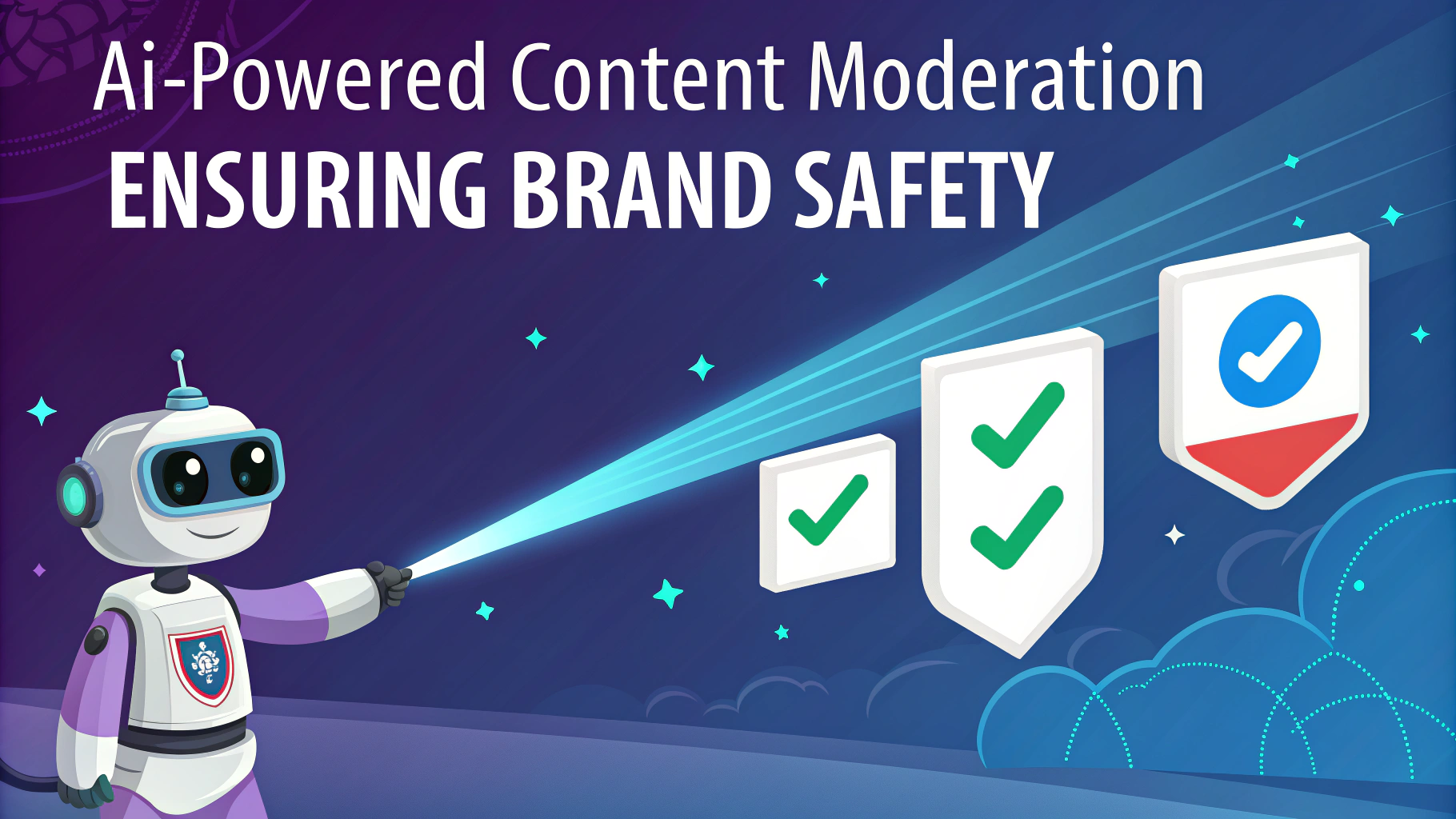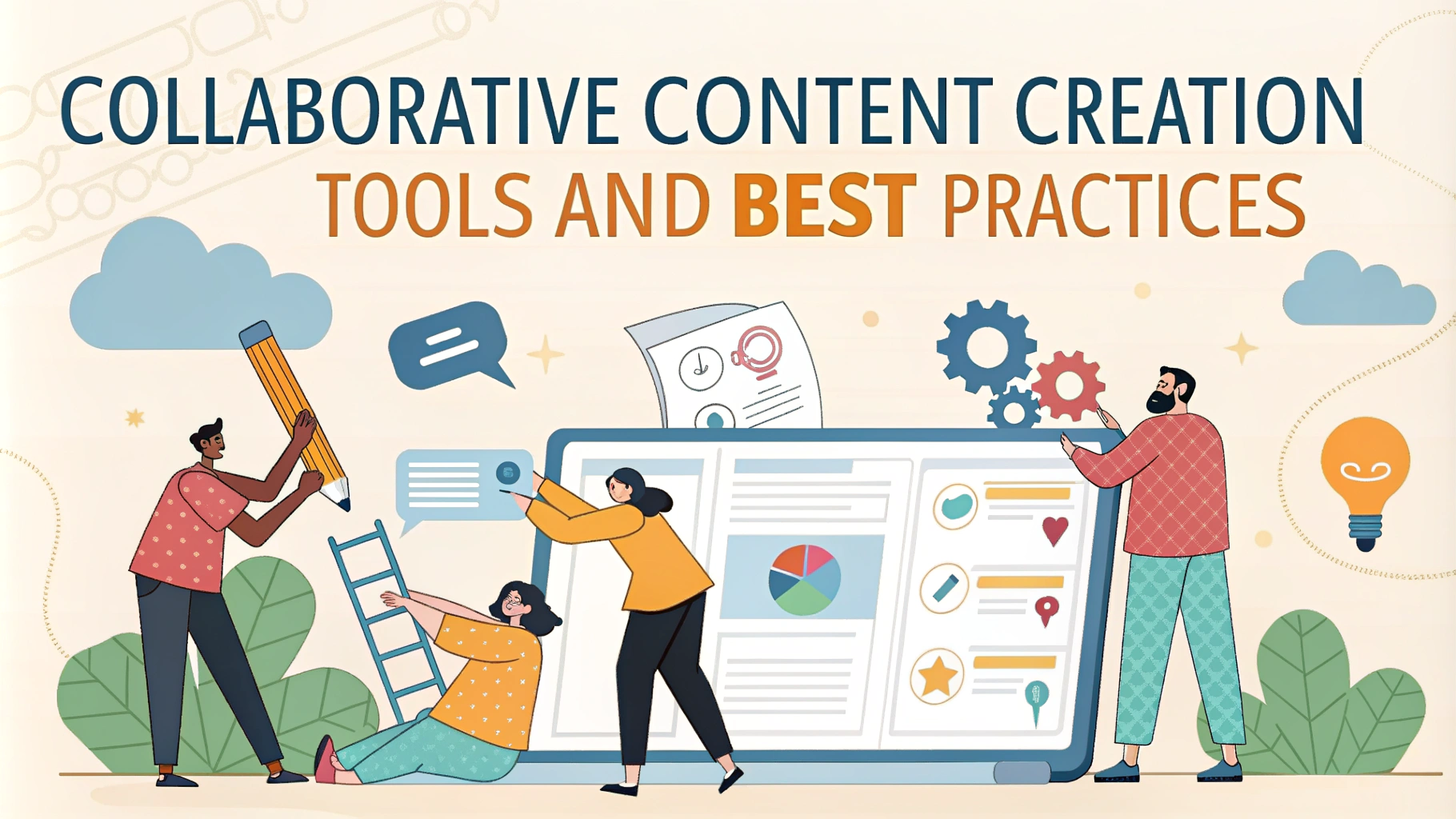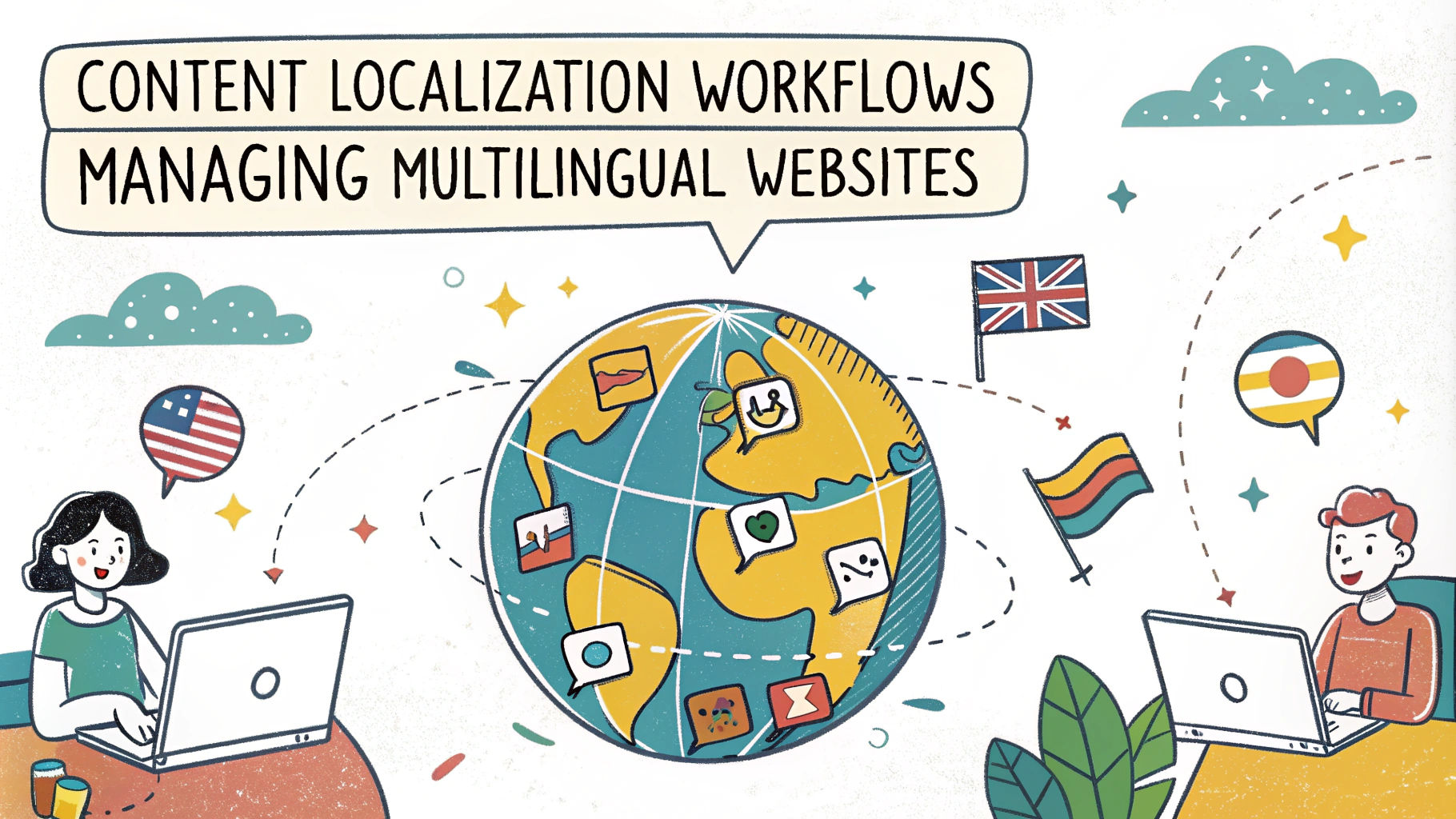Personalization at scale transforms how businesses engage with their audience. By leveraging user data and advanced technologies, companies can deliver tailored content experiences to individual users across various touchpoints.
Key benefits of personalization at scale:
- Improved user engagement
- Higher conversion rates
- Enhanced customer loyalty
- Increased revenue
This article explores strategies for implementing personalization at scale and creating compelling, individualized content experiences.
Collecting and Analyzing User Data
Effective personalization starts with gathering and analyzing user data. This information forms the foundation for creating tailored content experiences.
Essential data points to collect:
- Browsing history
- Purchase behavior
- Demographic information
- Content preferences
Implement data collection tools like web analytics, customer relationship management (CRM) systems, and surveys to gather valuable insights.
Data Analysis Techniques
Use advanced analytics tools to uncover patterns and trends in user behavior:
- Segmentation: Group users based on shared characteristics
- Predictive modeling: Forecast future behavior and preferences
- Machine learning: Identify complex patterns and relationships in data
Developing a Personalization Strategy
Create a comprehensive personalization strategy aligned with your business goals and user needs.
Key elements of a successful strategy:
- Clear objectives and KPIs
- Defined user segments
- Content mapping for each segment
- Testing and optimization plan
Collaborate with cross-functional teams to ensure alignment and buy-in across the organization.
Mapping the Customer Journey
Identify key touchpoints along the customer journey where personalization can make the most impact:
- Website homepage
- Product recommendations
- Email campaigns
- Retargeting ads
Tailor content and experiences at each stage to guide users towards desired actions.
Implementing Personalization Technologies
Leverage advanced technologies to deliver personalized experiences at scale.
Essential personalization tools:
- Content management systems (CMS) with personalization features
- Customer data platforms (CDP) for unified user profiles
- AI-powered recommendation engines
- Dynamic content delivery systems
Evaluate and select tools that integrate seamlessly with your existing tech stack and align with your personalization goals.
Real-time Personalization
Implement real-time personalization to deliver dynamic, context-aware experiences:
- Geo-location targeting
- Time-based personalization
- Behavioral triggers
- Contextual content recommendations
Use APIs and webhooks to enable real-time data flow between systems for instant personalization.
Optimizing Content for Personalized Experiences
Create modular content that can be easily mixed and matched for different user segments. This approach allows for efficient content creation and delivery across various personalization scenarios.
Key strategies for optimizing content:
- Develop a content taxonomy for easy organization and retrieval
- Use dynamic content blocks that can be swapped based on user preferences
- Create multiple versions of headlines, images, and calls-to-action for A/B testing
- Implement a robust tagging system to categorize content by themes, topics, and user segments
Personalized Content Examples
Consider these personalized content types to enhance user experiences:
- Product recommendations based on browsing history
- Tailored email newsletters with content aligned to individual interests
- Customized landing pages that highlight relevant offers
- Personalized blog post suggestions based on reading habits
Measuring and Optimizing Personalization Efforts
Track key performance indicators (KPIs) to assess the effectiveness of your personalization strategy. Use these metrics to identify areas for improvement and optimize your approach.
Important KPIs to monitor:
- Conversion rates for personalized vs. non-personalized experiences
- Average order value for personalized recommendations
- User engagement metrics (time on site, pages per session)
- Customer satisfaction scores and Net Promoter Score (NPS)
A/B Testing for Personalization
Implement A/B testing to refine your personalization tactics:
- Test different content variations for specific user segments
- Experiment with personalization algorithms and recommendation engines
- Compare the performance of various personalization triggers
- Analyze the impact of personalization on different stages of the customer journey
Addressing Privacy and Data Security Concerns
Prioritize user privacy and data protection to build trust and comply with regulations. Implement robust security measures and transparent data practices.
Key considerations for responsible personalization:
- Obtain explicit consent for data collection and use
- Provide clear opt-out options for personalized experiences
- Implement data encryption and secure storage protocols
- Regularly audit and update data handling practices
Balancing Personalization and Privacy
Strike a balance between delivering personalized experiences and respecting user privacy:
- Use aggregate data for broader personalization when individual-level data is not available
- Offer transparent explanations of how personalization works
- Allow users to control their personalization settings
- Anonymize data where possible to protect user identities
Conclusion: The Future of Personalization at Scale
Personalization at scale offers significant opportunities for businesses to enhance user experiences and drive growth. By leveraging data, technology, and strategic content creation, companies can deliver tailored experiences that resonate with individual users.
Key takeaways for successful personalization:
- Invest in robust data collection and analysis capabilities
- Develop a comprehensive personalization strategy aligned with business goals
- Implement advanced technologies for real-time, dynamic personalization
- Optimize content for personalized delivery across various touchpoints
- Continuously measure and refine personalization efforts
- Prioritize user privacy and data security
As personalization technologies continue to evolve, businesses that embrace these strategies will be well-positioned to create meaningful connections with their audience and drive long-term success.













